Name Muhammad Tughluq | ||
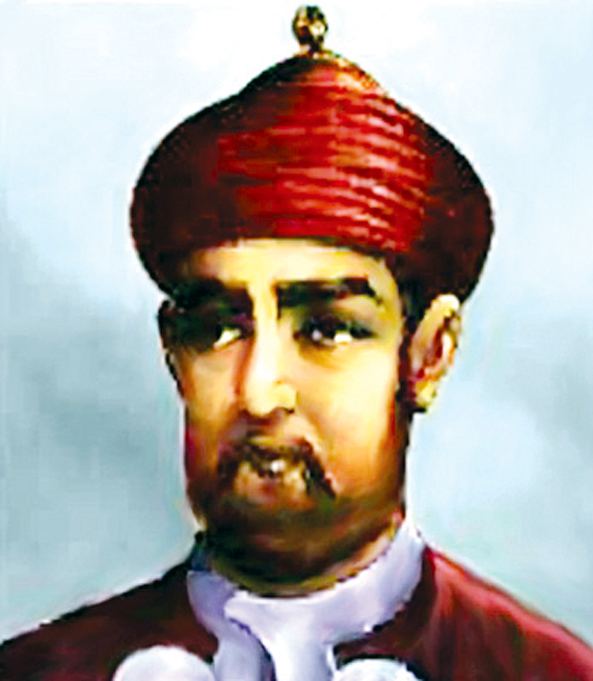 | ||
Similar People Ghiyath al‑Din Tughluq, Alauddin Khilji, Muhammad bin Qasim | ||
Predecessor Ghiyath al-Din Tughluq Born c. 1290 Delhi (age 61) Died 20 March 1351 (aged 61), Sonda, Sindh | ||
Indian history delhi sultan muhammad bin tughluq
Muhammad bin Tughluq (also Prince Fakhr Malik, Jauna Khan, Ulugh Khan; died 20 March 1351) was the Sultan of Delhi from 1324 to 1351. He was the eldest son of Ghiyas-ud-din Tughlaq, the Turko-Indian founder of the Tughluq dynasty. He was born in Kotla Tolay Khan in Multan. His wife was the daughter of the Raja of Dipalpur. Ghiyas-ud-din sent the young Muhammad to the Deccan to campaign against king Prataparudra of the Kakatiya dynasty whose capital was at Warangal in 1321 and 1323. Muhammad ascended to the Delhi throne upon his father's death in 1325.
Contents
- Indian history delhi sultan muhammad bin tughluq
- Muhammad bin Tughluq
- Early life
- Reign
- Annexation
- Shifting of capital
- Impact of the Change of Capital
- Failed expeditions
- Collapse of the empire
- Coins
- Character
- In popular culture
- References
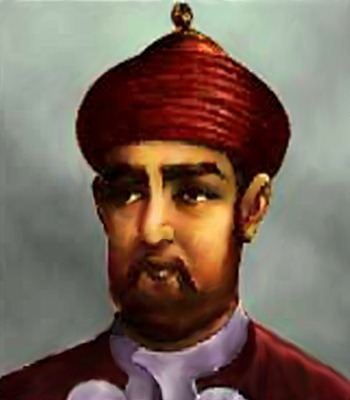
He was interested in medicine and was skilled in several languages — Persian, Arabic, Turkish and Sanskrit Ibn Battuta, the famous traveler and jurist from Morocco, was a guest at his court. From his accession to the throne in 1325 until his death in 1351, Muhammad contended with 22 rebellions, pursuing his policies consistently and ruthlessly. It is said that he deliberately killed his father Ghiyasudden Tughlaq to ascend the throne of Delhi, although modern historians do not support this theory. We came to know this from the chronicles of Barani.
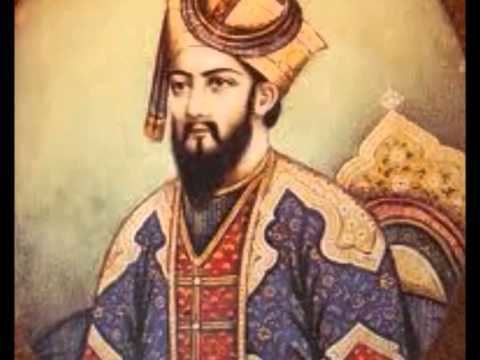
Muhammad bin Tughluq:भारतीय इतिहास का सबसे मूर्ख शासक था तुगलक
Early life
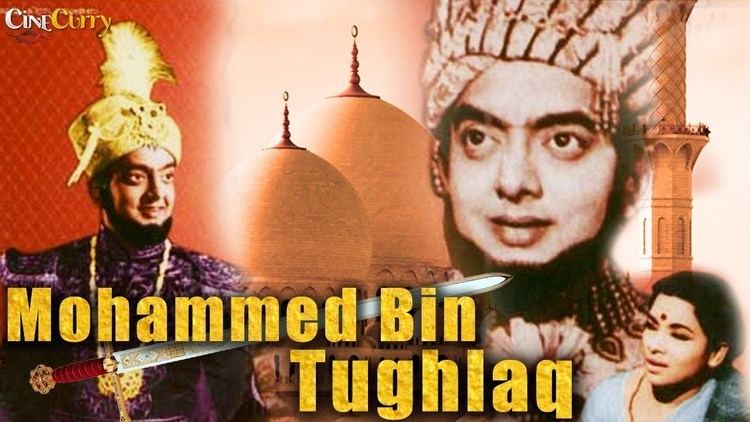
Muhammad bin Tughluq was born to Ghiyas-ud-din Tughlaq, who was in turn the son of a Turkic slave father and a Hindu Indian mother, and was the founder of the Tughluq dynasty after taking control of the Delhi Sultanate. His mother was known by the title Makhduma-i-Jahan, who was known for being a philanthrapist, having founded many hospitals.
Reign

Muhammad Bin Tughlaq (Jauna Khan) came to throne after the accidental death of his father Ghiyasuddin Tughlaq. While he had good intentions of inviting learned men to his court and implementing new policies, he remained largely unsuccessful and failed in most of his enterprises. He had been a man of controversies and crisis. He faced attacks of Mongols, dissension within his own support group, and rebellions from a very large and diverse population. In an effort to adapt to his growing empire, he attempted to shift his capital from Delhi to Daulatabad, which was supposed to be a more central location, but it was a disastrous decision and was costly.
Annexation
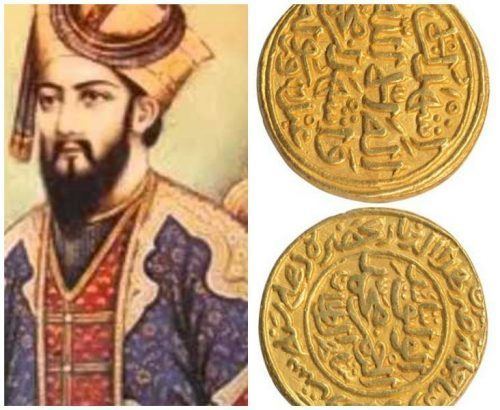
After the death of his father Ghiyasuddin Tughlaq, Muhammad bin Tughlaq ascended the throne of Tughluq dynasty of Delhi in February, 1325 A.D. Unlike the Khaljis who did not annex stable kingdoms, Tughluq would annex kingdoms around his sultanate. In his reign, he conquered Warangal (in present-day Telangana, India) Malabar and Madurai, (Tamil Nadu, India), and areas up to the modern day southern tip of the Indian state of Karnataka. In the conquered territories, Tughluq created a new set of revenue officials to assess the financial aspects of the area. Their accounts helped the audit in the office of the wazir.
Shifting of capital

In 1327, Tughluq passed an order to shift the capital from Delhi to Daulatabad (in present-day Maharashtra) in the Deccan region of south India. Tughluq said that it would help him to establish control over the fertile land of the Deccan plateau and to create a more accessible capital since his empire had grown more in the south. He also felt that it would make him safe from the Mongol invasions which were mainly aimed at Delhi and regions in north India. It was not always possible to operate an army from Delhi for the occupation of Southern states. Muhammad-bin-Tughlaq himself had spent a number of years as a prince on campaign in the southern states during the reign of his father. Daulatabad was also situated at a central place so the administration of both the north and the south could be possible.
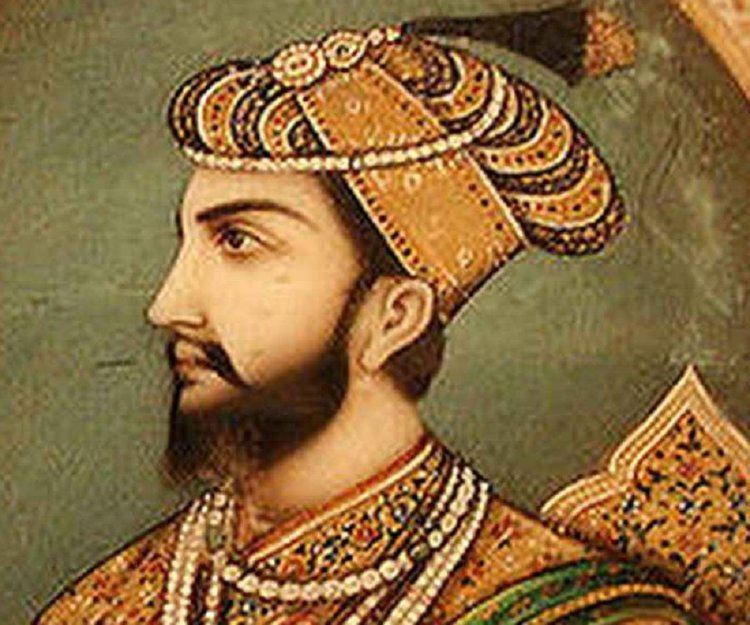
All facilities were provided for those who were required to migrate to Daulatabad. It is believed that the general public of Delhi was not in favour of shifting the base to Daulatabad. This seems to have annoyed Tughluq, for he ordered all people of Delhi to proceed to Daulatabad with their belongings. Ibn Batuta cites that the force was applied without any leniency. Barani observes: "Without consultation or weighting the pros and cons, he brought ruin on Delhi which for 170 to 180 years had grown in prosperity and rivaled Baghdad and Cairo. The city with its Sarais and suburbs and villages spread over four or five leagues, all was destroyed (i.e., deserted). Not a cat or a dog was left."
A broad road was constructed for convenience. Shady trees were planted on both sides of the road; he set up halting stations at an interval of two miles. Provisions for food and water were also made available at the stations. Tughluq established a khanqah at each of the station where at least one sufi saint was stationed. A regular postal service was established between Delhi and Daulatabad. In 1329, his mother also went to Daulatabad, accompanied by the nobles. By around the same year, Tughluq summoned all the slaves, nobles, servants, ulema, sufis to the new capital. The new capital was divided into wards called mohalla with separate quarters for different people like soldiers, poets, judges, nobles. Grants were also given by Tughluq to the immigrants. Even though the citizens migrated, they showed dissent. In the process, many died on the road due to hunger and exhaustion. Moreover, coins minted in Daulatabad around 1333, showed that Daulatabad was "the second capital".
However, in 1334 there was a rebellion in Mabar. While on his way to suppress the rebellion, there was an outbreak of bubonic plague at Bidar due to which Tughluq himself became ill, and many of his soldiers died. While he retreated back to Daulatabad, Mabar and Dwarsamudra broke away from Tughluq control. This was followed by a revolt in Bengal. Fearing that the sultanate's northern borders were exposed to attacks, in 1335, he decided to shift the capital back to Delhi, allowing the citizens to return to their previous city.
Impact of the Change of Capital
While most of the Medieval historians, including Barani and Ibn Battuta, tend to have implied that Delhi was entirely emptied (as is famously mentioned by Barani that not a dog or cat was left), it is generally believed that this is just an exaggeration. Such exaggerated accounts simply imply that Delhi suffered a downfall in its stature and trade. Besides, it is believed that only the powerful and nobility suffered hardships, if any. Two Sanskrit inscriptions dated 1327 and 1328 A.D. confirm this view and establish the prosperity of the Hindus of Delhi and its vicinity at that time.
One of them records the foundation of a well by a Brahman of the name of Srindhara at the village of Nadayana, the modern Naraina, near Delhi. The verses of this inscription speak of Muhammad bin Tughluq as "the mighty Saka Lord" and throw light on the favorable conditions in which the Hindu families of Delhi lived.
The second inscription found at the village of Sarbar, five miles from Delhi, also refers to the prosperity of a Hindu family. These inscriptions, read with Barani's remarks about the "misery of the selected people", lead to the inference that Sultan Muhammad's orders for migration applied to the leading Mussulman families only. This is also supported by Barani's references to heavy casualties in these words: "And on all sides of the old infidel land of Deogiri, there sprang up graveyards of the Mussulmans."
There is more to the transfer of capital than what is generally written. It is believed that Tughluq wanted to make Daulatabad an Islamic cultural centre, thereby helping him to have better control over the region, reducing the number of "Hindu" rebellions. His efforts to bring Ulema and Shaikhs from provincial towns and make them settle down in that city give a clue to his true intentions. The view of Muhammad Tughluq was that something like the above had to be done in the Deccan to strengthen the Muslim position in that area.
The Deccan experiment did however succeed in breaking down barriers. The boundaries which had separated the North from the South broke down. It is true that the extension of the administrative power of the Delhi Sultanate into the Deccan failed, but so far as the extension of the cultural institutions was concerned, it was successful.
Failed expeditions
After the death of Genghis Khan, one line of his descendants, the Chagatai Khanate, ruled over Turkistan and Transoxiana and another branch of Hulagu Khan conquered present day Iran and Iraq. However, at the time of Tughluq, both of the dynasties were on the downfall, with conditions in Transoxiana unstable after the death of Tarmashirin. He was ambitious of annexing these kingdoms. He invited nobles and leaders from these regions and gave them grants. Partly with their help and partly from his own kingdom, Tughluq raised an army of possibly up to three million and seven hundred thousand soldiers in 1329. Barani has written that Tughluq took no step to check the ability of the soldiers or the brand of horses. They were paid in one year advance, and after being kept idle for one year, Tughluq found it difficult to pay them. Therefore, he decided to disperse and dissolve the soldiers in 1329.
In 1333, Tughluq led the Qarachil expedition to the Kullu-Kangra region of modern-day Himachal Pradesh in India. Historians like Badauni and Ferishtah wrote that Tughluq originally wanted to cross the Himalayas and invade China. However, he faced local resistance in Himachal. His army was not able to fight in the hills and was defeated by the Katoch clan of Kangra, nearly all his 10,000 soldiers perished and he was forced to retreat.
Collapse of the empire
Tughluq died in 1351 on his way to Thatta, Sindh in order to intervene in a war between members of the Gujjar tribe. He had lived to see his empire fall apart. It was during his reign that Turkish empire of Delhi collapsed by two fold resistance. One was from Rana Hammeer Singh Sisodia of Mewar and other from Harihara and Bukka of South India. All these three warriors were able to inflict humiliating defeats on the Sultanate army and crush the empire. While Rana Hammeera liberated the strategic Rajaputana, Harihara and Bukka established a new empire called Vijayanagar that revived the prosperity of Sangam era in South India. Several other south Indian rulers like Prolaya Vema Reddy of the Reddy dynasty, Musunuri Kaapaaneedu, etc. also contributed to the downfall of the Delhi sultanate. To add to Tughluq's woes, his own generals rebelled against him. One of his generals would go on to form the Bahmani kingdom in the Deccan.
Coins
Historian Ishwari Prasad writes that different coins of different shapes and sizes were produced by his mints which lacked the artistic perfection of design and finish. In 1330, after his failed expedition to Deogiri, he issued token currency; that is coins of brass and copper were minted whose value was equal to that of gold and silver coins. Historian Ziauddin Barani felt that this step was taken by Tughluq as he wanted to annex all the inhabited areas of the world for which a treasury was required to pay the army. Barani had also written that the sultan's treasury had been exhausted by his action of giving rewards and gifts in gold. This experiment failed, because, as said by Barani, "the House of every Hindu became a mint". During his time, most of the Hindu citizens were goldsmiths and hence they knew how to make coins. In the rural areas, officials like the muqaddams paid the revenue in brass and copper coins and also used the same coins to purchase arms and horses. As a result, the value of coins decreased and, as said by Satish Chandra, the coins became "as worthless as stones". This also disrupted the trade and commerce. The token currency had inscriptions marking the use of new coins instead of the royal seal and so the citizens could not distinguish between the official and the forged coins. Records show that the use of token currency has stopped in 1333 as Ibn Battuta who came to Delhi in 1334 and wrote a journal made no mention of this currency.
Character
Tughluq was a strict Muslim, maintaining his five prayers during a day, used to fast in Ramadan. Courtesans had hailed Tughluq as a "man of knowledge" and had interest in subjects like philosophy, medicine, mathematics, religion, Persian and Urdu/Hindustani poetry. Stanley Lane-Poole states in his "Medieval India", "He was perfect in the humanities of his day, a keen student of Persian poetry.........a master of style, supremely eloquent in an age of rhetoric, a philosopher trained in Logic and Greek metaphysics, with whom scholars feared to argue, a mathematician and lover of science. Barani has written that Tughluq wanted the traditions of the nubuwwah to be followed in his kingdom. Even though he did not believe in mysticism, Chandra states that he respected the Sufi saints, which is evident from the fact of his building of the mausoleum of the saint Nizamuddin Auliya at Nizamuddin Dargah. Critics have called him hasty in nature, owing to most of his experiments failing due to lack of preparation. Ibn Battuta has also written that he depended on his own judgement and rarely took advice from others and has also criticized him for his giving of excessive gifts and "harsh punishments". He was famous because whenever a gift was bestowed upon him, he would give gifts worth three times the value to show his stature.
